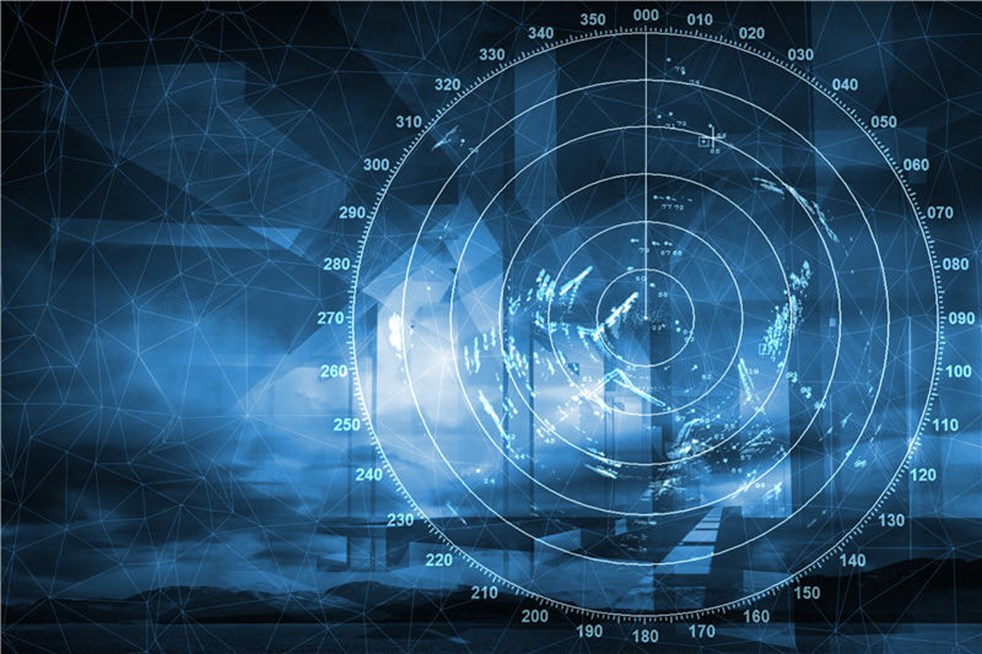Accidents at sea continue to occur where the primary cause is the failure to properly check/verify the operation of electronic navigational aid(s).
In order to prevent such incidents, it is important that the bridge team fully understands the operating principle of each equipment in use and the factors that may affect the accuracy of the information displayed.
In this instance, our focus is on good bridge practices when operating radars. As we have recently experienced, failure of the radar to pick up a target at close range can result in a serious casualty and even loss of life. Regular tests and checks of the equipment can help ensure that similar incidents do not recur.
As a matter of good bridge procedures, it is essential that the navigating officer on watch at the time of departure from port (or when taking over a bridge watch), ensures that he checks and verifies the following parameters as a minimum to ensure that the radars are set up and functioning correctly:
- A radar performance check as per the manufacturer's guidelines to ensure that the quality of display has not deteriorated
- The gyro error and accuracy of the heading marker alignment
- The accuracy of the variable range marker
- The speed input being displayed by the radar
- The echo strength of clearly visible targets
- The stabilisation mode selected
In relation to no. 5 above, it is essential for the operator to be aware of the radar's current performance which is best ascertained by the performance monitor. The echo return from a distant known target should also be checked. Be aware of the possibility that small vessels, ice floes or other floating objects such as containers may not be detected.
Echoes may be obscured by sea- or rain-clutter. Correct setting of clutter controls will help but may not completely remove this possibility. When plotting larger targets on a medium range scale, the display should be periodically switched to a shorter range, and the clutter controls adjusted, to search for less distinct targets.
The observer must be aware of the arcs of blind and shadow sectors on the display caused by masts and other on-board obstructions. These sectors must be plotted on a diagram placed near the radar display. This diagram must be updated following any changes which affect the sectors.
In Summary
Always remember the requirements of Rule 5 of the COLREGS |
